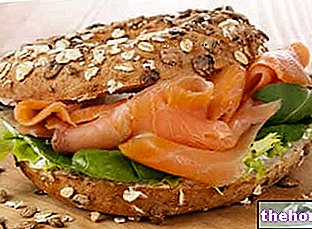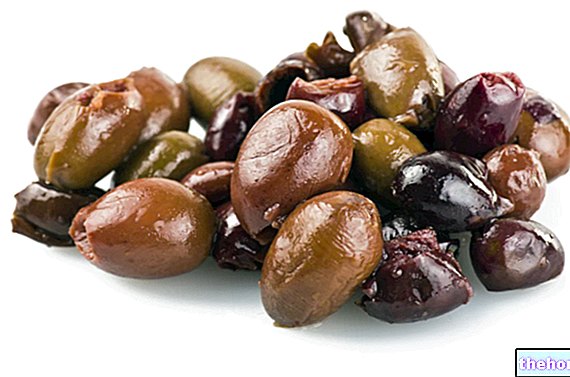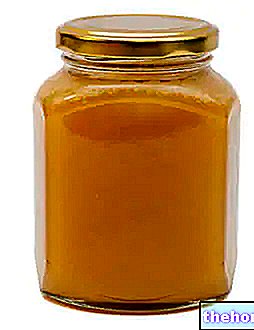Generality
Taggiasca olives are the fruit, or rather the drupe, of the olive tree, a tree belonging to the Oleaceae family, Genus Olea, Species europaea; the binomial nomenclature of the olive / olive tree is Olea europaea, variety / cultivar Taggiasca.

The Taggiasca olive is medium in size and lends itself both to oil production and to that of fruits stored for table, with nutritional values comparable to ordinary ones (high content in lipids) and organoleptic characteristics above the usual.
Taggiasca olive oil is a PDO (Protected Designation of Origin, since 1997); better known by the name "Riviera Ligure PDO", it is distinguished from the others by an extremely low level of acidity. This characteristic, not necessarily attributable to the variety of plant, is instead the result of a particularly careful processing and the seasonality of maturation.
Peculiarities of the Taggiasca variety
To a layman's eye, the Taggiasca olive tree does not differ much from most Italian oil varieties. It develops considerably in height and can reach 10m; moreover, Ligurian crops prefer trees of considerable size. It can live over 600 years and reaches productivity after about three years. The taggiasca tree typically reproduces by cutting, as it tends to grow wild from seed. The leaves are medium, rigid, wider at the apex, bright green above and more tenuous below; the flowers are yellowish-white. The Taggiasca variety is particularly sensitive to negative agents on cultivation, such as parasites and bad seasons, but still has an "excellent fruiting profitability.
Taggiasca olives have the classic appearance of the drupe from Olea europaea. Going more specifically, there is an oscillating color between green, brown and black, and an ellipsoidal shape (wider near the base). They reach a weight of 2-4 grams. Taggiasca olives are a "late" variety, which ripens in January.
What distinguishes Taggiasca olives (and the oil obtained from them) from the others is the chemical, organoleptic and gustatory refinement. The reasons for these peculiarities are different.
First of all, it is necessary to specify that the taste and aroma of Taggiasca olives are UNIQUE of their kind. From these drupes, if not mixed with other cultivars, the typical Italian LIGHT FRUITY OIL is produced, with a round taste. Then, it goes without saying that the mixing of several oils can cause considerable variations in the body, taste and aroma of the final product. In practice, the presence of Taggiasca olive oil does not necessarily determine a light fruity oil; for example, adding a fraction of "Riviera Ligure PDO" mainly serves to moderate oils from more intense varieties, while the amalgamation of medium or strong parts of Taggiasco, both bitter and spicy, has the purpose of structuring a definitive more intense than that pure.
As far as the oil is concerned, it is an excellent product, which owes its characteristics to a set of predisposing factors. The greatest difficulty in the production of the "Riviera Ligure DOP" oil consists in the cultivation of the olive tree. the ripening of the fruits, avoiding the negative influence of diseases, parasites and unsuitable seasons, the game is done. The processing begins in January, a particularly cold month, which therefore preserves the chemical-physical integrity of the drupes. These, today harvested more by shaking (shaking the plant) than by cascola (natural fall), maintain a remarkable freshness up to the mill. The result of the subsequent, careful, technological food processing is an oil with an acidity (negative characteristic) well below the legislative limits for extra virgin olive oil, therefore extremely valuable.
The "Riviera Ligure DOP" goes well with foods with a delicate and not robust taste.
Black Olive Paté
Problems with playing the video? Reload the video from youtube.
- Go to the Video Page
- Go to the Video Recipes Section
- Watch the video on youtube
Other Foods - Fruits Apricots Sour cherries Cashews Pineapple Watermelon Orange Avocado Banana Persimmon Persimmons Apple Chestnuts Cedar Cherries Coconut Watermelon Dates Feijoa Fig of India Figs Strawberries Berries Passion fruit (Maracujà, Granadilla) Jujube Kiwi Raspberries Coconut milk Lemons Almond milk Mango Apples Quinces Pomegranate Melon Blackberries Mustard Medlar Olives Taggiasca Olives Fermented Papaya Pears Peaches Plantains (Cooking Bananas) Pomelo Grapefruit Pink Grapefruit Plums, prunes Fruit juices and fruit juices Grape juice Plums Grapes Sultanas and Raisins OTHER ITEMS FRUIT Categories Food Alcoholics Meat Cereals and derivatives Sweeteners Sweets Offal Fruit Dried fruit Milk and derivatives Legumes Oils and fats Fish and fishery products Salami Spices Vegetables Health recipes Appetizers Bread, Pizza and Brioche First courses Second courses Vegetables and Salads Sweets and Desserts Ice cream and sorbets Syrups, liqueurs and grappas Prepare Basic tions ---- In the kitchen with leftovers Carnival recipes Christmas recipes Light diet recipes Women's, mom's and dad's day recipes Functional recipes International recipes Easter recipes Gluten-free recipes Diabetic recipes Holiday recipes Valentine's Day recipes Vegetarians Protein recipes Regional recipes Vegan recipes




























